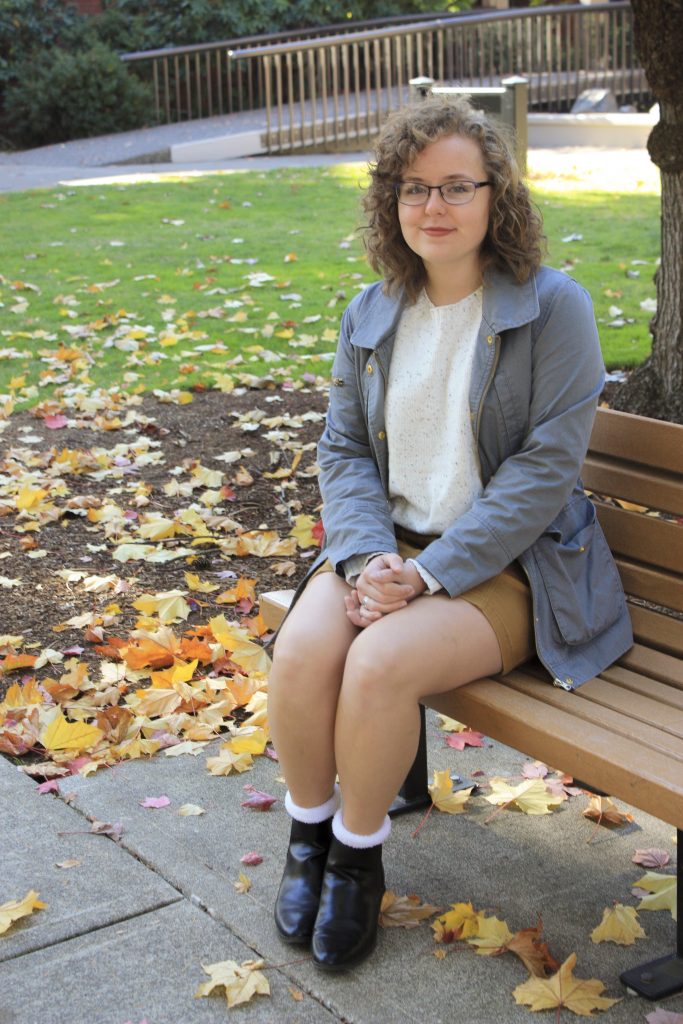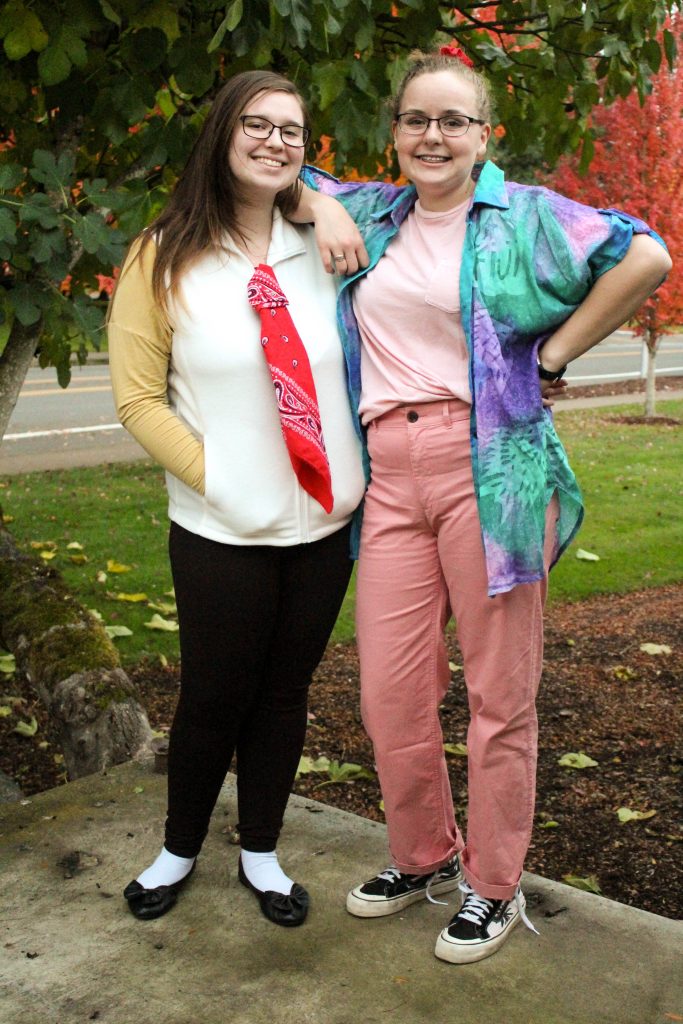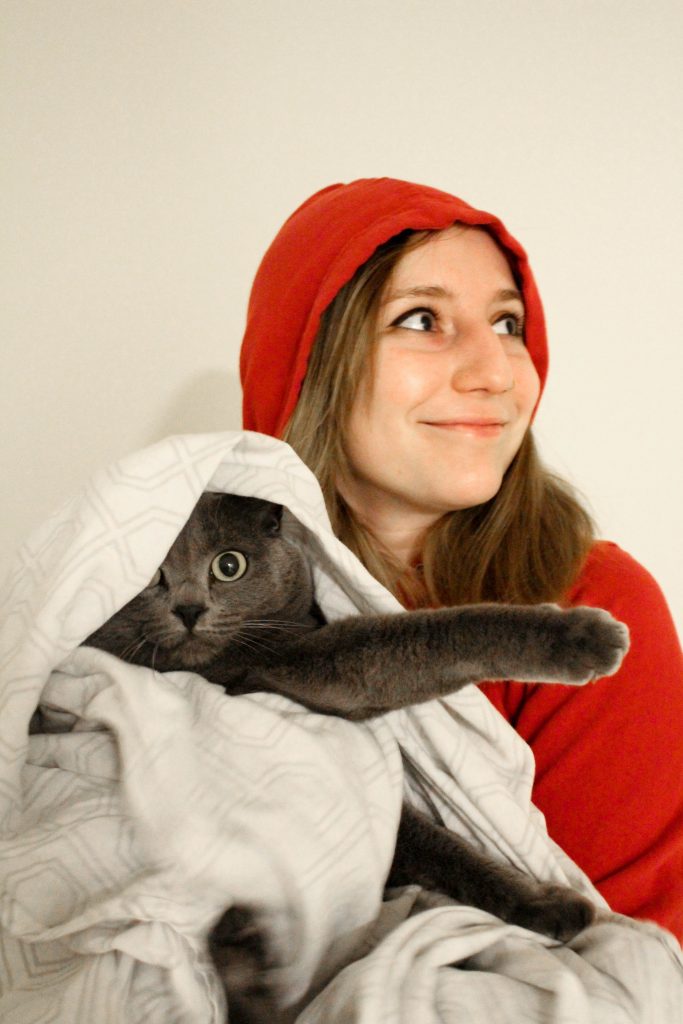
Rylie Horrall | Lifestyle Editor
Greece Lightning Express is located at 156 Catron St in Monmouth — specifically on the corner where Catron meets Jackson Street. It’s owned and operated by Pete Kalogeras, who chose to open a food truck due to their apparent popularity in Oregon.
The food truck opened on July 20, 2017, making it open for nearly two-and-a-half years. Kalogeras decided to open in Monmouth because of the town’s growing size, and chose to serve Greek food in respect to his personal heritage.
“There are very few Greek food carts and (coming) from an ethnic Greek background I decided to open one up.” Kalogeras said.
The dish he recommends to first-time customers is a traditional beef and lamb gyro, and the truck’s signature meal is the Original Gyro. The Original Gyro consists of beef and lamb cooked with seasoning on a spit with tomatoes, red onions and tzatziki sauce all served on warm pita bread.
Greece Lightning Express also carries a Veggie Gyro, which comes with feta cheese, red onions, tomatoes, cucumber, kalamata olives, tzatziki sauce and lettuce put together onto pita bread. Other than gyros, the truck additionally serves fries — regular and Greek-style loaded fries. Both are made from fresh-cut potatoes, but the Greek fries have feta cheese, Greek seasoning and lemon.
If customers want something sweet, the food truck offers Baklava, a dessert that’s made of layers of filo filled with chopped nuts and sweetened with honey.
In addition to staying in Monmouth, Greece Lightning Express occasionally moves to Dallas and travels for events. Their hours of operation are 10:30 a.m.–6 p.m. on Mondays, Wednesdays, Thursdays and Fridays in Monmouth, and the same hours on Tuesdays in Dallas in the parking lot of the “Some Things” furniture store. Kalogeras posts events that the food truck will be at, along with additional information on Facebook and Instagram (@greecelightningexpress).
Contact the author at howllifestyle@wou.edu
Photo by Cora McClain















